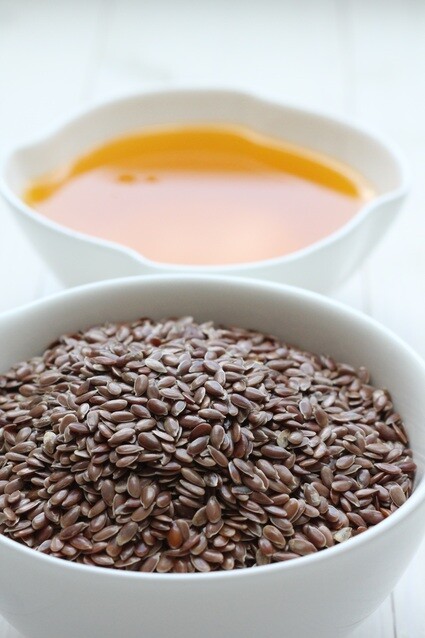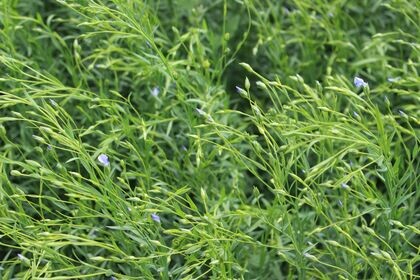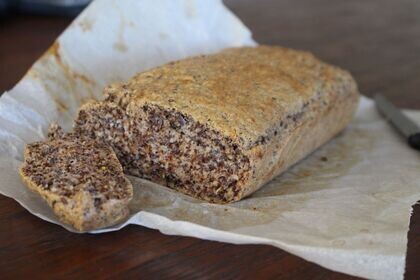


Linseed
Linseeds have been crushed to use for oil, and the seeds may be eaten raw, baked, or soaked. Grinding them releases more of the nutrients, but whole seeds add good flavour and crunch.
Historically used as a laxative, linseeds are high in phytoestrogens, and there is ongoing research into their role in helping the prevention of certain types of bowel cancer.
Linseeds are harvested when the seed heads turn golden brown – about 100 days after sowing.
FORMATS
- Golden Linseed
- Brown Linseed
OTHER POINTS TO NOTE
Linseed oil has been used in industry for centuries, but culinary oil is also available. However, it has a very low flash point, so it cannot be used for frying as it burns quickly and destroys nutrients.
COUNTRIES OF ORIGIN
- UK
- France
HARVEST
- September
VARIETIES
Linseed comes from the common flax plant Linum usitatissimum. The same plant provides the fibres that have been used to make linen.
Linseed is often called Flax or Flax-seed. The Americans use Flax to dif- differentiate the culinary varieties from industrial linseed.
Linseed comes in brown and golden varieties.
NUTRIENT HIGHLIGHTS
- Contains over 18g of Protein per 100g
- A source of dietary Fibre
- Zero Cholesterol and very low Sodium
- 71% of the calorific value comes from fats, but the majority are healthy fats
- A source of Polyunsaturated fats
- A source of Thiamin
- Key minerals include Manganese, Magnesium, Phosphorus and Copper
